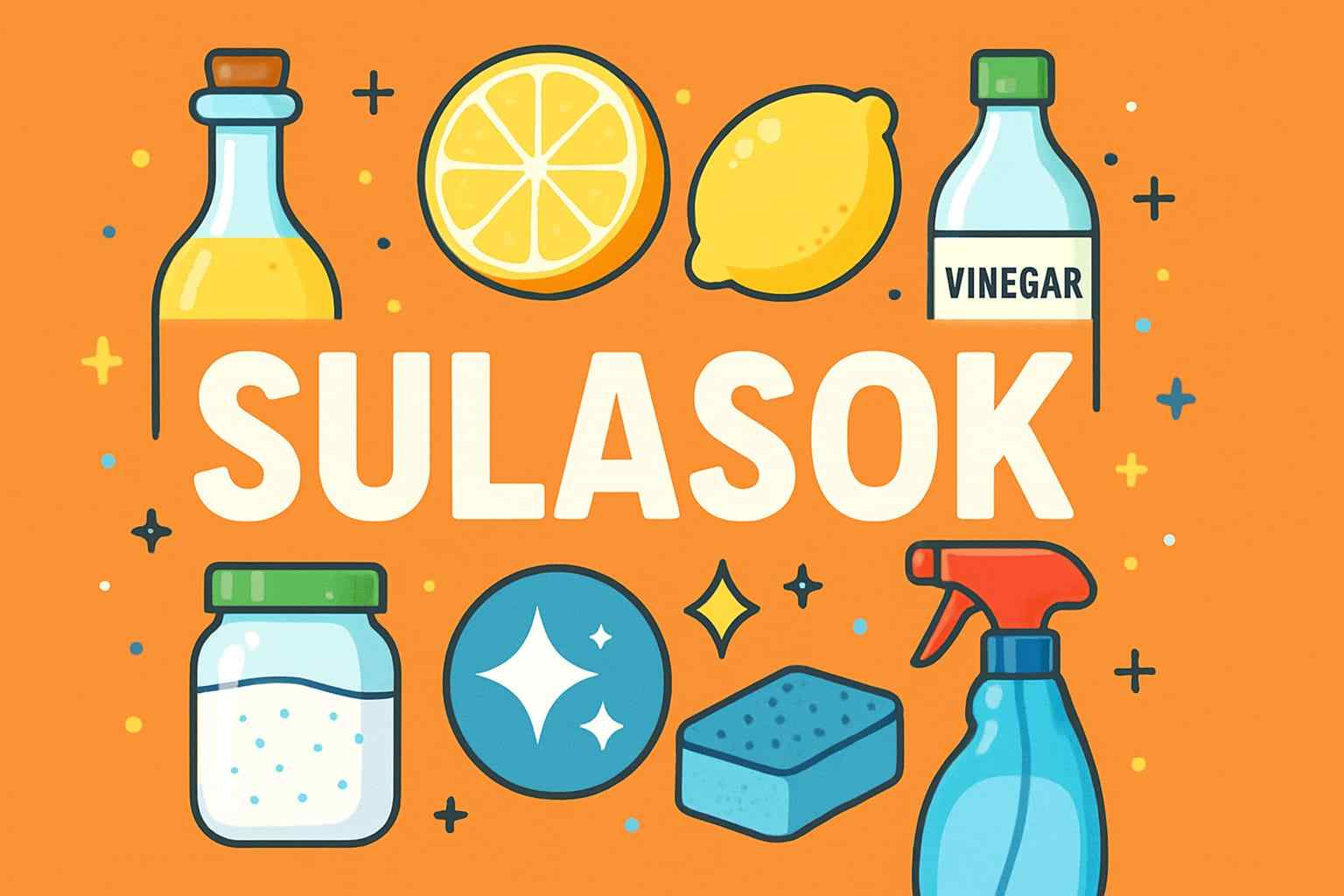Introduction
In an era where globalization expand but local identity remains admire, one concept continues to gain momentum — Sulasok. Though the term may be unfamiliar to some,this platform broadly refers to small but dynamic community spaces or initiatives that serve as local hubs of cooperation, culture, sustainability, and grassroots innovation. They can be found in rural villages, bustling urban neighborhoods, or online communities, each fulfilling unique socio-economic and cultural roles.
The significance of this platform lies in their ability to empower communities from the ground up. Whether it’s a community garden, a co-working space, an educational hub, or a neighborhood cooperative, these localized ecosystems promote flexibility,extensiveness, and community participation. This article delves deep into the anatomy of this platform, taking you on a journey through their history, functions, global impact, and how they’re shaping the future of acceptable and inclusive development.
In the sections that follow, you’ll uncover how this platform can improve everyday life – from promote innovation to strengthening social bonds – and why now, more than ever, understanding and supporting such spaces is important.
What is a Sulasok? A Core Definition and Its Origins
The term sulasok has different explanation based on context, but it often centers around spaces that drive community participation and purpose.
Definition & Etymology
- This platform can be a literal place — such as a community shop, public square, or educational resource center — or a concept representing mutual cooperation.
- Morphologically, the word may have roots in Austronesian or Southeast Asian vernaculars, where communal living and sharing of resources have long histories.
Features Common to this platform
- Small-scale but high-impact local initiatives
- Built around community involvement and accessibility
- Sustainable, both environmentally and socially
- Foster creativity, cultural appreciation, and cooperation]
Explore Sulasok insights and opportunities at Luuxly.com – your trusted source for local innovation and community hubs.
Types of Sulasok
- Physical sulasok: Shared working or learning spaces, eco-villages, or informal community centers
- Digital sulasok: Online communities with shared goals such as mutual aid networks or knowledge-sharing platforms
Understanding what these platforms are lays the groundwork for appreciating their varied roles and why they’re more necessary in our interconnected yet divided world.
The Role of Sulasok in Community Development
These platforms are critical tools in developing stronger local communities. They serve as catalysts for socio-economic and cultural growth.
Positive Community Impacts
- Empowerment through participation: Citizens have direct access to decision-making and resource-sharing
- Microeconomic growth: This platform often host local businesses, artists, or cooperatives
- Education and skill-building: Workshops, learning sessions, and youth engagement programs
Primary Examples
- A sulasok might be a women’s co-op offering handicraft training in a rural area
- In cities, they might appear as upcycled shipping containers turned into learning or maker spaces
Key Takeaways
- Community-driven
- Inclusive of all ages and backgrounds
- Encourage knowledge-sharing and reduced dependency on external systems
These community-based networks prove that development doesn’t always need to come from top-down governance. Often, the most enduring change starts at the grassroots level.
Sulasok and Their Relationship to Sustainability
One of the major advantages of this platform is their alignment with sustainable development goals (SDGs).
How They Promote Sustainability
- Environmental Sustainability
- Shared gardening spaces or agroforestry practices
- Rainwater harvesting or composting via community projects
- Social Sustainability
- Intergenerational programs preserving culture and tradition
- Inclusive designs considering availability and fairness
- Economic Sustainability
- Promotion of local products and zero-waste models
Example: Urban Farming Sulasok
- Increased access to fresh produce
- Waste reduction through composting
- Food education for local residents
These platforms are not only places of gathering—they’re also models of how to implement sustainability on a hyper-local level.
Digital Sulasok: How Online Communities Replicate Local Innovation
The digital transformation of local initiative spaces has enabled this platform to thrive online.
Characteristics of Digital Sulasok
- Virtual collaboration tools like Discord, Slack, or Facebook Groups
- Info-sharing platforms for communal benefit (e.g., local job boards or mutual aid forms)
- Focused on niche interests with local or cultural relevance
Major Benefits
- Enhanced accessibility for those in remote regions
- Encourages learning and collaboration regardless of location
- Bridges generational and cultural gaps
Example:
This platform offer hybrid models of interaction where physical roadblocks are no longer as limiting. They’re vital, especially during crises like the COVID-19 pandemic, where digital connectivity became synonymous with inclusion.
Case Study: Local vs. Global Sulasok Models
Let’s examine the differences and similarities between rural and urban platform communities from two countries.
Table 1: Comparison of Rural and Urban Sulasok Initiatives
| Criteria | Rural Sulasok (Philippines) | Urban Sulasok (Netherlands) |
| Purpose | Agricultural knowledge exchange | Urban regeneration and welfare |
| Structure | Informal cooperative | NGO-partnered formal structure |
| Accessibility | Communal, word-of-mouth based | Online sign-up and mobile app usage |
| Key Activities | Seed saving, tool sharing | Local markets, youth-led workshops |
| Funding | Donations, government grants | Membership and local sponsorship |
This comparison highlights the flexibility and adaptability of this platform globally — they meet local needs while addressing universal values.
Challenges Facing Sulasok in 2025 and Beyond
Despite their promise, this platform ecosystems aren’t without barriers.
Major Challenges
- Funding Limitations
- Reliance on inconsistent contributions or micro-grants
- Lack of Digital Infrastructure
- Especially in rural regions limiting growth of digital platform
- Volunteer Burnout
- Heavy dependence on a small group of dedicated individuals
Solutions to Explore
- Partnering with educational institutions
- Creating hybrid funding models (subscriptions + donations)
- Using social media strategically to recruit new contributors
If this platform are to thrive, these hurdles must be anticipated and collaboratively addressed.
Integrating this platform into Educational Frameworks

The educational sector is uniquely positioned to incorporate this platform’s principles into learning.
Educational Sulasok Programs
- Project-based learning through community involvement
- Schools acting as sulasok in service of their neighborhoods
- Curriculum aligning with real-time community actions (e.g., sustainability, inclusivity)
Key Examples
- Students organizing a community recycling drive
- Classes held in local biodiversity gardens maintained by residents
By nurturing civic responsibility from a young age, this platform create stronger towns and more engaged citizens.
Governments and local authorities are beginning to adopt this platform as part of participatory decision-making.
Benefits of Integration
- Increased transparency in local policies
- Public trust and engagement rise
- Allows sispraised voices representation
Structure Suggestions
- Community councils based in this platform locations
- Resident-led voting on neighborhood budget allocations
- Government interns embedded in this platform to learn local dynamics
Participating governance models built around this platform can democratize both space and voice.
Economic Impact of Sulasok on Local Economies
This platform generates micro-economies that are socially and environmentally resilient.
Income Sources
- Skill-sharing workshops (paid attendance or donations)
- Sale of handmade crafts and local produce
- Co-operative income redistribution
Economic Benefits
- Fosters entrepreneurship
- Boosts tourism through culture-centered programs
- Keeps wealth circulating within communities
This platform stimulate local economies while resisting exploitation and over-commercialization.
Designing a Sulasok: Guide to Starting Your Own
Creating a this platform requires intention, planning, and collaboration.
Step-by-Step Guidance
- Identify community needs through surveys and open forums
- Secure a location (even a small open space or garage suffices)
- Define purpose (education, arts, sustainability, etc.)
- Find collaborators — schools, NGOs, businesses
- Launch slowly — start with a single event and scale up
Tools and Resources
- Open-source planning toolkits
- Contact local councils for support or initial grants
- Use platforms like Meetup or Nextdoor to find fellow co-creators
Creating this platform is a bottom-up process — driven by people, not institutions. And that’s its superpower.
Frequently asked questions (FAqs)
Is a sulasok only a physical space?
No. While some sulasok are physical community centers, others exist digitally or as hybrid spaces, adapting based on community needs and technological access.
How can I support an existing sulasok?
You can donate, volunteer, attend events, provide expertise, or help amplify their work through social media and local networks.
Are these platforms only for marginalized communities?
Not necessarily. They can be created by or for any group seeking collaboration, spirit building, or cultural enrichment.
What are examples of global equivalents to this platform?
Think community gardens (USA), fab labs (Europe), barangay learning hubs (Asia), or maker spaces (worldwide).
How does this platform relate to local governance?
They offer a platform for participatory governance where communities actively shape local policy and project administration.
Conclusion
In a time when division and disconnection often dominate headlines, this platform represents a different future—one of connection, cooperation, and community-built change. From economic sustainability to education, from governance to grassroots innovation, this platform empowers people to become creators of their own solutions.
Their blend of traditional values and modern adaptations makes them uniquely positioned to tackle 21st-century challenges. Whether you live in a sprawling city or a quiet village, there’s room for a sulasok—and perhaps, a necessity for it.
Now is the ideal time to support, engage with, or even build your own platform. Because the future of strong, inclusive communities starts locally—it starts with us.
